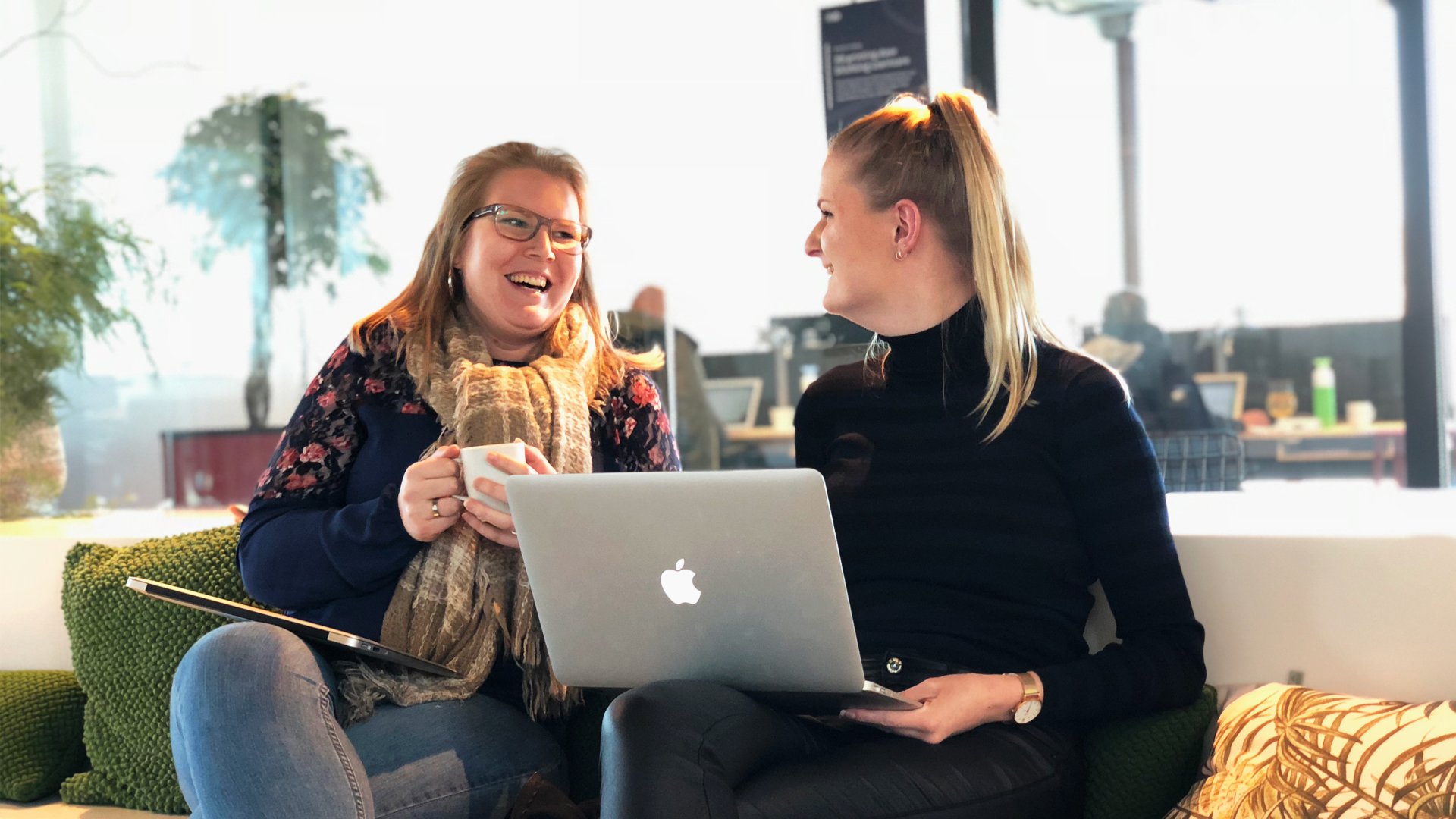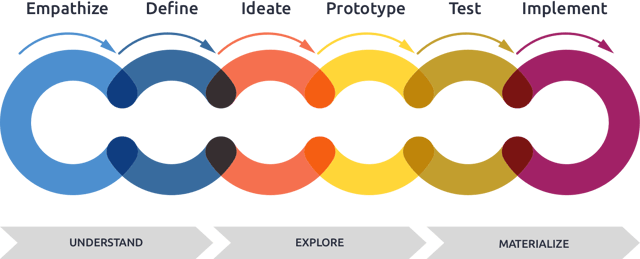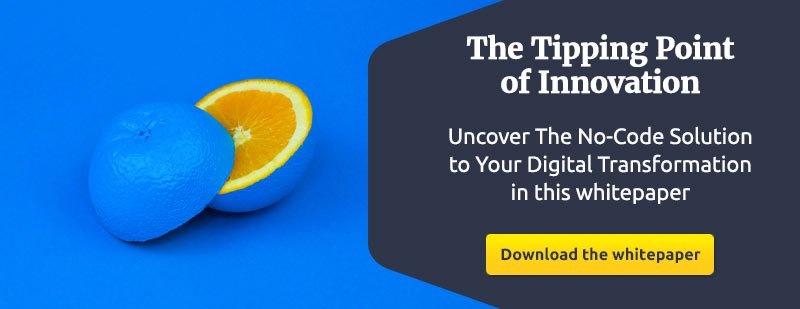Do you remember Google Wave? You’ll be 100% forgiven if you don’t because it wasn’t around for very long. What was supposed to be the “be all and end all” of group communication from Google themselves… just never took off. It’s important to remember that even the most experienced developers can make mistakes, and that’s ok.
So, as a no-code or Citizen Developer, how can you avoid the pitfalls and make sure your applications are successful? You need a lot more than just a great concept these days. To really create something lasting, you need to turn your development cycle into an innovation process.

Innovation process vs. development cycle
An innovation process has one key difference when compared to a development cycle. It shifts the focus entirely onto the end user. Instead of setting out to create an end result, you’re actively trying to understand your audience before you even begin creating. You wouldn't serve a vegetarian steak now would you?
Customers and end-users will ultimately decide whether your application will be a success or not. Keeping these people at the forefront of your application’s design pushes you to design solutions to problems that actually exist. There are 3 core phases to an innovation process:
- Understand the user’s problem
- Explore solutions
- Materialize and test your ideas
For a process like this to work, you really want to set goals for each phase. Remember, you’re looking for a future-proof solution so don’t be afraid to go back a few steps and try something new. When you hit a brick wall, it’s better to put the car in reverse for a few meters, than to keep banging it hoping it will break. Time invested here will save you headaches in the future.

Empathize with your users
Invest time in understanding who’s going to be using your application. This is a learning phase which will help you define what the core issues are. Don’t focus on solutions at this point (remember Thomas van der Meer from Foryard?). Just try to really understand the pain points and how users interact with their processes daily. This paves the way for success by guaranteeing your application will rate high on usability, because you place the customer at the core of your strategy.
Problem solve
Once you’re attuned to who you’re really creating an application for, it’s time to unleash your ambition. Nothing too big or small to be a viable solution. After all, we probably wouldn't even have computers without some out of the box suggestions. Keep it extremely flexible at this stage because you’re going to want to prototype multiple ideas. By starting with adaptable prototypes that have room to grow, you can start to build up to what will be a final solution.
Test, re-test, and test some more
Once you begin to test the viability of your prototypes, you’ll see the areas that still need polishing. You never have to throw out a prototype entirely, just focus on keeping the aspects that do work and only make adjustments to the features that need improvement. With continuous user testing, you can also gain insight into how to achieve success with your application once you reach the launch phase.
By investing time into the innovation process, you can ensure not only a faster but also a more effective delivery. You open up the door for greater flexibility, scalability, and facilitates each of our 5 tips for building a successful application without becoming a coding wizard. Although being a wizard is cool (You shall not pass!).
5 Tips for building a successful application without coding
- Know your users. Before you even get started, it is crucial to have a picture in mind of your target audience. Also, remember that your application serves a greater purpose of increasing efficiency or ease for the user. Your application is going to meet the needs of a specific group of people, so the more you know about your audience the better you can serve these needs. Keeping your users in mind throughout every step of development will ensure that your app not only meets your intended users’ needs but also that it performs well in usability testing and has a functional and pleasing design.
- Have a strategy in mind. Business goals and opportunities should be planned first and foremost, even before you begin developing the app itself. Having a strong sense of your users and their needs will allow you to develop a strategy that accommodates the needs, preferences, and behaviors of the end-user. Your customers are changing more frequently, and it’s important to adapt to, and with, them. Customer experience is central to business success, so your strategy should also reach beyond the development stage of your application to include all aspects of the user’s journey, from usability testing to implementation.
- Keep it simple. In the early stages, focus on one central problem that your application will solve. The best approach is to build a minimum viable product (MVP), launch it, and gather feedback from users to fix any issues in your application and expand from there. In the beginning, less is more!
- Take it one step at a time. When you build from ground 0, the road to your finished product may seem overwhelming. Focus on a step-by-step approach to create building blocks to your end result in order to get you started, and set reachable target goals. Remember that you need to start somewhere.
- Be agile. Understand that you might have to go back and revisit previous steps throughout the development process, and that’s okay. Your carefully laid plans might need tweaking, and that’s also okay. The important thing is to iterate flexibly and respond actively to feedback.
You can always revisit previous steps and make changes as you go along. Don’t get stuck trying to achieve perfection before progressing to the next stage, because you can always assess what works and use that as a point to build from. This supports faster iteration and will support you along the path to developing the most successful application possible, by allowing you to maintain a customer focus at all times.
Betty Blocks’ no-code app development platform makes this possible, and you can see for yourself by scheduling a free demo. Interested in learning even more about applying an innovation process for your organization, you can download our latest whitepaper below.
